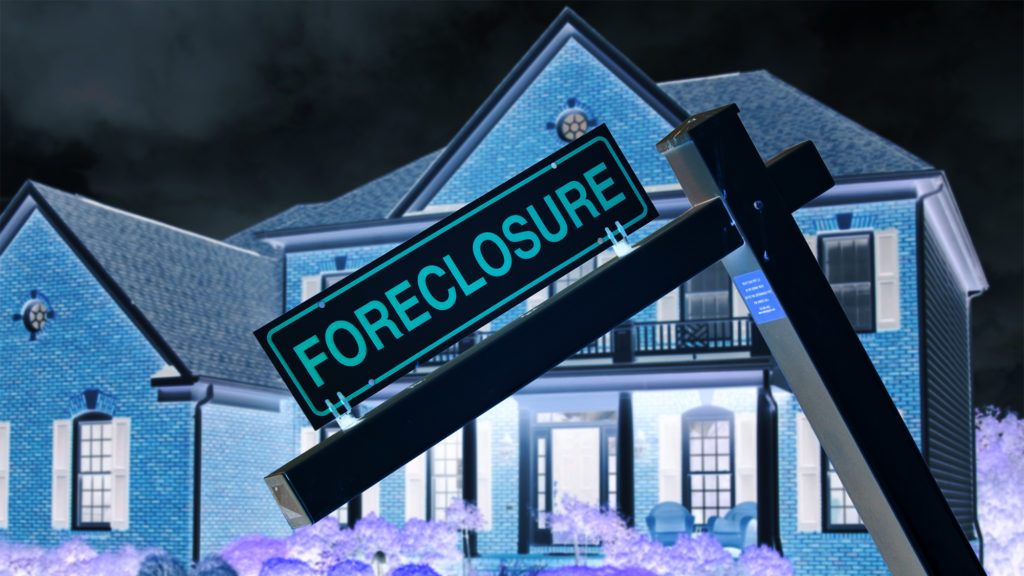Originally published by REALTOR Magazine | October 30, 2020
“Zombie foreclosures” refer to homes that have been vacated by homeowners prior to a foreclosure being completed.
Abandoned foreclosures labeled as “zombies” still haunt some housing markets even as moratoriums to stop home seizures during the pandemic remain in effect. While the number of “zombie foreclosures” has shrunk drastically during the COVID-19 outbreak, some homeowners who may be missing out on pandemic relief aid may be needlessly abandoning a home.
“Zombie foreclosures” refer to homes that have been vacated by homeowners prior to a foreclosure being completed.
“It’s worth noting that while foreclosure moratoria have caused the number of zombie properties to drop slightly, the percentage of foreclosure properties in zombie status has increased,” says Rick Sharga, executive vice president of RealtyTrac. “It’s likely that as the length of time it takes to execute a foreclosure continues to increase, we’ll also continue to see the percentage of vacant and abandoned foreclosure homes increase.”
“Some of the states with the highest rate of zombie foreclosure properties are also states that have been among the hardest hit by the COVID-19 pandemic.”
There is help available for the growing number of homeowners who are delinquent on their mortgages, according to a recent Urban Institute report. About 400,000 homeowners are delinquent at a time when banks are offering pandemic-related foreclosure moratoriums—upon homeowners’ request. So anyone affected by the economic downfall brought on by the coronavirus can put their mortgage payments on hold for several months.
But struggling borrowers who fail to contact their lenders for help may risk foreclosure by falling behind on their payments.
The Midwest and South had the highest zombie foreclosure rates in the fourth quarter, according to ATTOM Data Solutions’ fourth-quarter 2020 Vacant Property and Zombie Foreclosure Report.


